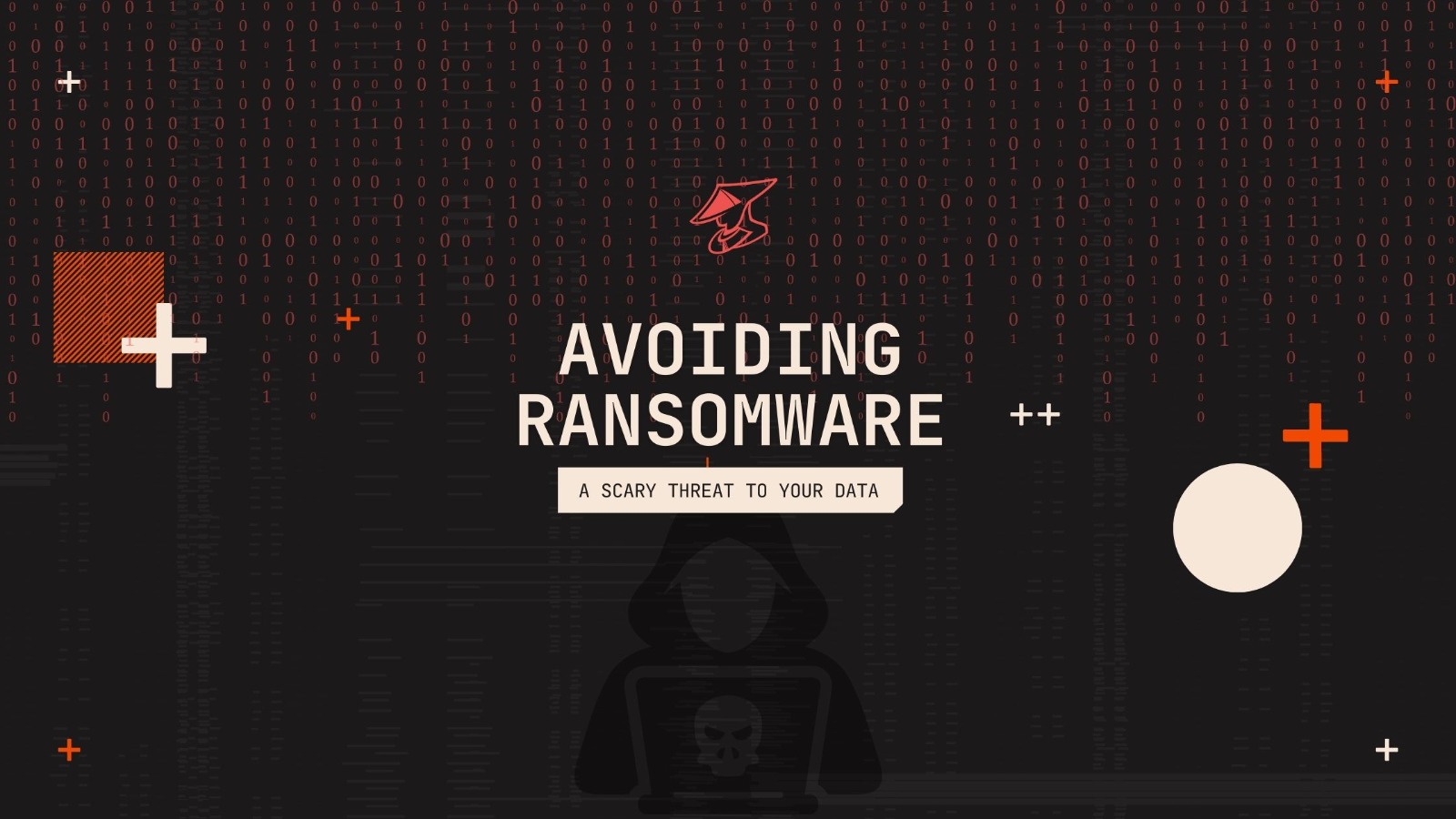Ransomware: A Scary Threat to Your Data
by Ben Brown | 07/24/2023

by Ben Brown | 07/24/2023

Imagine you are working on your computer and suddenly a message pops up on your screen. It says that all your files have been locked and you need to pay a lot of money to get them back. You try to open your documents, photos, videos, but nothing works. You are a victim of ransomware, a type of malware that can take over your data and device.
Ransomware is a type of malware (malicious software) that locks your data or device and threatens to keep it locked—or worse—unless you pay a ransom to the attacker¹. The attacker can also steal your data and leak it online if you don't pay¹. Ransomware attacks are very common and can affect anyone, from individuals to businesses to governments.
Attackers use ransomware because it is an easy way to make money. They can infect your device by tricking you into opening an email attachment, clicking on a link, or visiting a malicious website²³⁴. Once they have access to your device, they can encrypt your files or block your operating system. Then they demand a ransom, usually in cryptocurrency like Bitcoin, to give you the key to decrypt your files or unlock your device. Sometimes they also threaten to expose your sensitive data to the public or use it to attack your contacts¹.
Ransomware attacks have been around for many years and have affected millions of people and organizations around the world. Here are some examples of ransomware attacks that made headlines:
• WannaCry: This ransomware attack spread rapidly across 150 countries in 2017, affecting 230,000 computers and causing an estimated $4 billion in damages¹. It exploited a vulnerability in the Windows operating system and had a self-propagation mechanism that let it infect other machines¹.
• Cerber: This ransomware attack was offered as a service to cybercriminals, who shared their profits with the malware developer¹. It ran silently while encrypting files and tried to prevent antivirus and security features from running¹. It also used text-to-speech technology to read out the ransom note aloud².
• Locky: This ransomware attack was mainly distributed by phishing emails that encouraged the user to open a Microsoft Office file with malicious macros or a ZIP file that installed the malware². It was able to encrypt 160 file types, primarily used by designers, engineers and testers².
• Cryptolocker: This ransomware attack infected over 500,000 computers in 2017 and demanded $300-$500 in Bitcoin for decryption². It not only encrypted files on the local machine, but also scanned network drives and encrypted files it had permission to write to².
• NotPetya and Petya: These ransomware attacks infected a machine and encrypted the entire hard drive by accessing the Master File Table (MFT)². They were spread mainly through fake job application messages or software updates². They only affected Windows computers and required the user to agree to give them admin-level changes².
Ransomware attacks are scary, but you can take some steps to protect yourself from them. Here are some tips:
• Backup your data regularly: The best way to avoid losing your data is to have a copy of it somewhere else. You can use an external hard drive, a cloud service, or both. Make sure you backup your data frequently and keep it offline or encrypted.
• Update your software and security tools: The attackers often exploit known vulnerabilities in your operating system, applications, or antivirus software. You can prevent this by updating them regularly and applying security patches as soon as they are available.
• Be careful with email attachments and links: The attackers often use phishing emails to trick you into opening malicious files or visiting harmful websites. You can avoid this by checking the sender's address, the subject line, and the content of the email for any suspicious signs. Don't open any attachments or click on any links unless you are sure they are safe.
• Use strong passwords and multi-factor authentication: The attackers may try to guess or steal your passwords to access your accounts or devices. You can prevent this by using strong passwords that are different for each account or device. You can also use multi-factor authentication, which requires an additional verification step, such as a code sent to your phone or email, to log in.
• Don't pay the ransom: If you are infected by ransomware, you may be tempted to pay the ransom to get your data back. However, this is not a good idea, because there is no guarantee that the attacker will give you the key or not leak your data. Paying the ransom also encourages the attacker to continue their attacks. Instead, you should contact a security expert or law enforcement for help.
Ransomware attacks are a serious threat to your data and device. You should be aware of how they work and how to prevent them. You should also have a backup plan in case you are infected. Remember, ransomware attacks can happen to anyone, so don't let them happen to you..
Start scanning your projects for free. You will get a free breakdown of your security status. Start securing your future now.
Get started